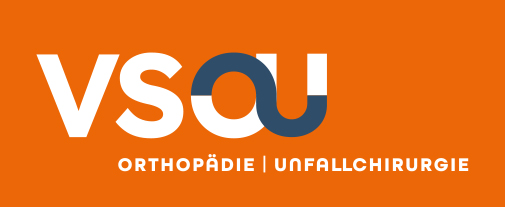Ihre Suche ergab 1 Treffer
Die Behandlung des Hallux valgus
Zusammenfassung: Die Hallux valgus-Erkrankung kommt in der zivilisierten Welt häufig vor und beinhaltet eine dreidimensionale Verlagerung des ersten Mittelfußknochens und der Großzehe. Die Ätiologie dieser Veränderung ist multifaktoriell, wobei das weibliche Geschlecht bevorzugt wird. Weiterhin scheint eine genetische Disposition, enges Schuhwerk, das Alter und eine allgemeine Überbeweglichkeit eine Rolle zu spielen. Ein wesentlicher Faktor für die Entstehung des Hallux valgus stellt der pes planovalgus dar. Die Hallux valgus-Deformität führt zum einen zu Passformproblemen im Schuh, im Weiteren zur Arthrose im Großzehengrundgelenk und damit verbundenen Schmerzen und zudem auch zu Veränderungen der Kleinzehenstellung. Aber Hallux valgus ist nicht gleich Hallux valgus und es gilt mittels einer profunden klinischen Untersuchung und einer standardisierten radiologischen Abklärung festzustellen, ob ein Hallux valgus vorliegt und wenn ja, welchen Schweregrad und welche möglichen anatomischen Besonderheiten dieser aufweist. Es sollte über die begrenzten konservativen Therapieoptionen aufgeklärt werden. Diese beinhalten plattfuß- oder rückfußkorrigierende Einlagen, die Kräftigung der Fußmuskulatur, angepasstes Schuhwerk, eine Optimierung des Körpergewichtes und die Wahl der sportlichen Belastung. Dem klinischen und radiologischen Befund angepasst wird das OP-Verfahren à la carte indiziert. Das setzt voraus, dass den verschiedenen Befundkonstellationen durch unterschiedliche OP-Verfahren aus einer Vielzahl an möglichen Operationstechniken angemessen begegnet werden kann. Diese umfassen regelhaft Weichteiltechniken und knöcherne Korrekturen im Bereich des ersten Metatarsale mit seinen angrenzenden Gelenken. Zudem sind korrigierende Eingriffe am Grundglied etabliert. Im letzten Jahrzehnt fanden minimalinvasive Techniken der Hallux valgus-Korrektur Verbreitung. Zur Erlernung der verschiedenen Operationstechniken bedarf es einer mitunter sehr flachen Lernkurve. Eine perioperative oder zeitnahe postoperative radiologische Kontrolle des Korrekturergebnisses sollte organisatorisch möglich sein. Die Hallux valgus-Chirurgie weist ein hohes Ambulantisierungspotenzial auf, umso wichtiger ist eine engmaschige Nachbehandlung sowie eine hohe Patientencompliance.
Summary: Hallux valgus is a common condition in the developed world and involves a three-dimensional displacement of the first metatarsal and the big toe. The etiology of this deformity is multifactorial, with a higher prevalence in females. Genetic predisposition, tight footwear, age, and generalized hypermobility also appear to play a role. Pes planovalgus is an important contributing factor in the development of hallux valgus. The hallux valgus deformity can lead to problems with shoe fit, as well as osteoarthritis of the metatarsophalangeal joint of the big toe, associated pain, and changes in the alignment of the lesser toes. However, not all cases of hallux valgus are the same. A thorough clinical examination and standardized radiological assessment are essential to determine whether hallux valgus is present and, if so, its severity and any associated anatomical variations. The limited conservative treatment options should be discussed with the patient. These include the use of insoles to correct flatfoot or hindfoot malalignment, strengthening of the foot muscles, appropriate footwear, optimization of body weight, and selection of suitable physical activities. Surgical intervention is tailored (“à la carte”) to the individual case, based on clinical and radiological findings. This requires that the different clinical presentations be addressed with appropriate surgical techniques from a broad spectrum of available procedures. These typically include soft tissue procedures and bony corrections involving the first metatarsal and its adjacent joints. Additionally, corrective procedures on the basal phalanx have become established. In the past decade, minimally invasive techniques for hallux valgus correction have become increasingly widespread. Mastery of these surgical techniques may require a relatively shallow learning curve. Perioperative or immediate postoperative radiological verification of the correction should be feasible from an organizational standpoint. The surgery for hallux valgus has a high potential for outpatient treatment; therefore, close postoperative follow-up and strong patient compliance are all the more important.
